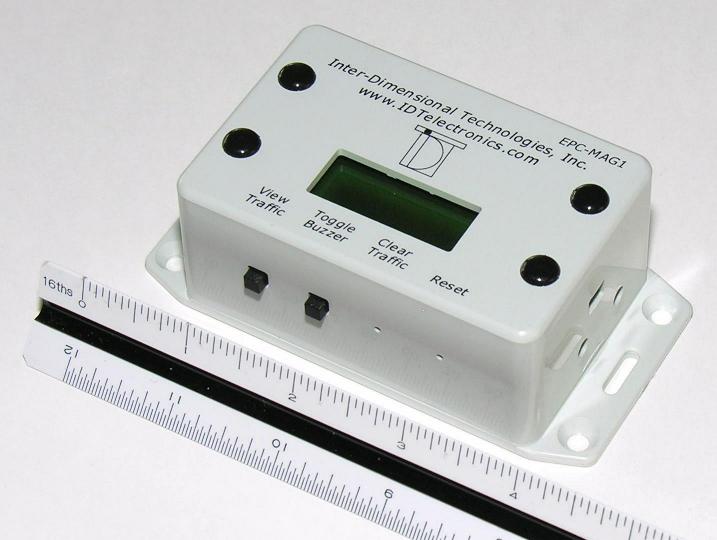

Door Counters for Hospital Operating Rooms
What is a positive pressure system for operating rooms?
Infection control is obviously a very serious issue for hospital operating rooms. A positive pressure system keeps air from entering the operating room. This reduces the possibility that a patient will catch an infection during the operating room procedure.
Why should a hospital operating room use a door counter?
In order for the positive pressure system to work properly, the number of times the operating room doors open during a procedure must be kept to a minimum, as well as operating room traffic. Before you can attempt to reduce the frequency of operating room door openings, you must be able to sense and count this door activity. This is where the value of an electronic door counter becomes easily apparent.
There have been countless articles outlining studies concerning the relationship of operating room door openings and surgical sight infections. In the article ScienceDirect.com article, Traffic flow and microbial air contamination in operating rooms at a major teaching hospital in Ghana (July 2018), the author was quoted as saying,
“During 8529 min of surgery, 6717 door-openings were recorded. Of these, 77% were considered unnecessary, 6% semi-necessary, and 17% necessary.”
With as many as 77% of door openings being considered unnecessary, it seems a door counter should be an integral part of every operating room.
Which electronic door counter would be best for hospital operating rooms?
We recommend our EPC-MAG1 Electronic Door Counter or our RTC-P3 Electronic Door Counter along with the optional magnetic sensor for use with hospital operating room doors.
We do not recommend our door counters that use infrared beams to sense the motion of the people, unless you are particularly interested in measuring the operating room traffic. These include our EPC-IRD1, EPC-IRD1 & EPC-IRD1E or the RTC-P3 with infrared door sensors. We typically don’t recommend these systems for hospital operating rooms because they sense and count people.
The better option is using a door counter system that senses and counts the operating room door openings, since this is ultimately what needs to be tracked in relation to the operating room’s positive pressure system. With that in mind, allow us to talk about the EPC-MAG1 Electronic Door Counter and the RTC-P3 Electronic Door Counter with magnetic sensors.
EPC-MAG1 Electronic Door Counter:
The EPC-MAG1 is a very cost-effective system that uses a magnetic door sensor that is mounted on the door frame and a magnet mounted to the door. This magnetic sensor/magnet send a signal to the EPC-MAG1 when the door is opened. The EPC-MAG1 then increments the count in its memory. The EPC-MAG1 does not connect to a PC. It saves one single running total until the total is reset back to zero. Each EPC-MAG1 can connect either one or two doors to it.
If you would like to save the data in hourly increments and/or be able to transmit the data to a PC, then we would recommend the RTC-P3 system with magnetic door sensors. We discuss that option next.
RTC-P3 Electronic Door Counter with magnetic sensors:
The RTC-P3 system typically uses either the RTC-S2X Standard Door Sensor or the RTC-S2XL Long-Range Door Sensor for most retail installations or other public building installations. Both of these door sensors use infrared beams to sense people. However, in certain specific cases, we would recommend using a magnetic sensor instead of these infrared sensors. Using a magnetic sensor will allow the system to count how many times the door opens. Each RTC-P3 can connect up to three magnetic sensors to it.
What is the primary difference between the RTC-P3 with magnetic door sensors and the EPC-MAG1 Electronic Customer Counter System?
The EPC-MAG1 saves the data as one single running total. By comparison, the RTC-P3 with magnetic door sensors saves the data in hourly increments.
Additionally, the EPC-MAG1 does not connect or transmit to a PC. The RTC-P3 can connect and transmit to a PC.
Finally, the EPC-MAG1 is powered via a standard 9V battery. However, the RTC-P3 is powered via an A/C adapter. This means that there is the added task of making sure the RTC-P3 has a power outlet near the installation area.


